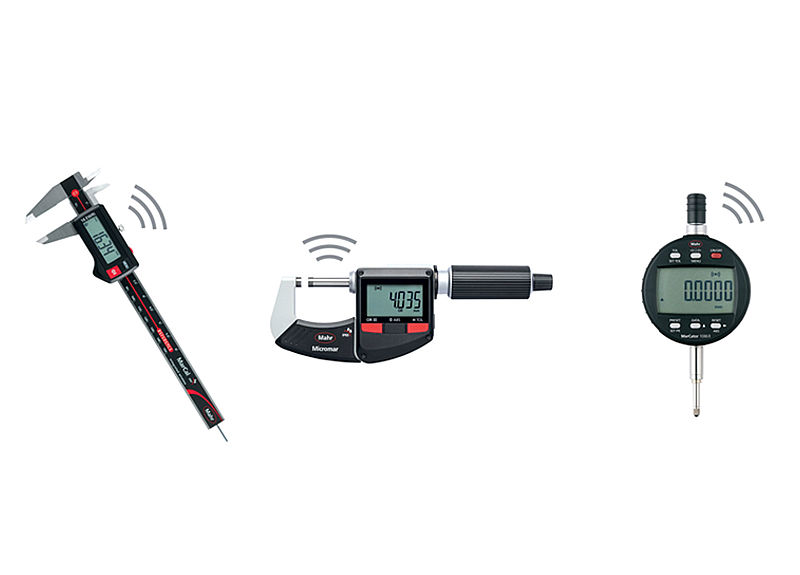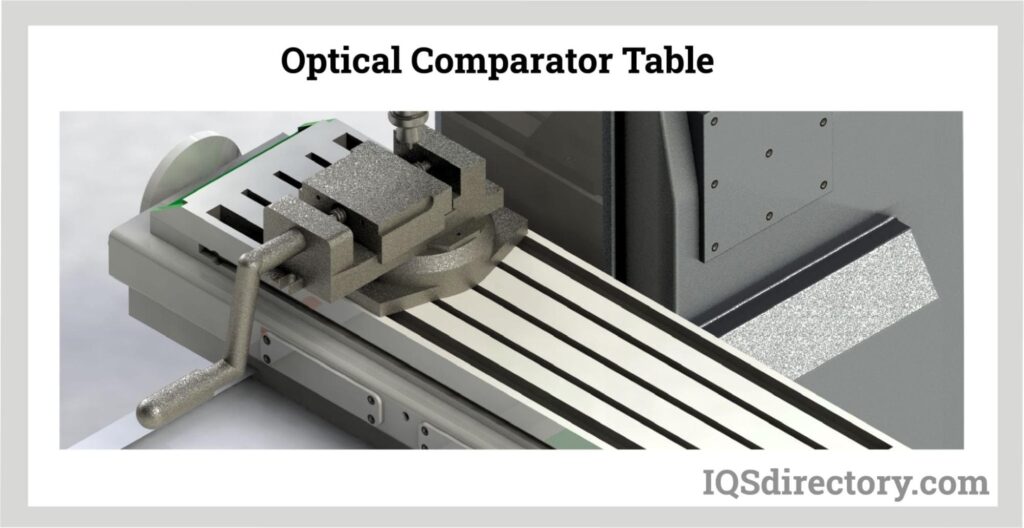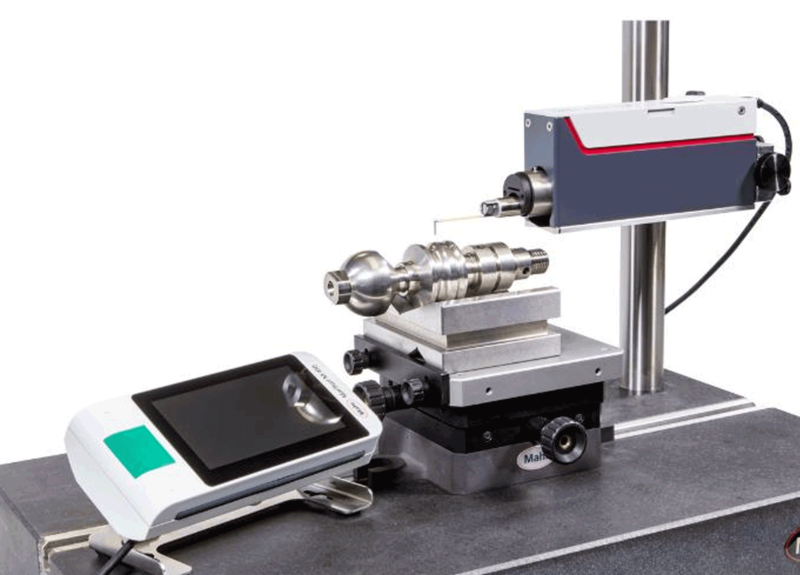Cold Root Rolling
COLD ROOT ROLLING is the process of burnishing the root radius of a previously cut thread, in a Rotary Shouldered Connection. READ MORE ABOUT COLD ROOT ROLLING
Gaging Tips with Master Rings and Engagements, Size Matters
WITH MASTER RINGS AND ENGAGEMENTS, SIZE MATTERS A master ring, or ring gage, is basically a bore of known dimension. The precision hole is often used as a setting master for variable inside-diameter gages (such as bore gages, air tooling and mechanical plug gages), for go/no-go mastering of fixed ID gages, and for go/no-go OD…
What is an SDS Sheet?
As a welding consumable manufacturer, Postle Industries take our responsibility in supporting our customers supply chain and compliance departments seriously. The most common documents required form us are a certificate of conformance (COC), and a Safety Data Sheet (SDS – formally known as an MSDS). The COC is a certificate of authenticity and quality, related…
Unyielding Precision: Discover Rigid-Lock End Mills for Peak Performance!
Upgrade your machining game with our precision-engineered ballnose end mills designed for unmatched stability and performance. With our unique rigid-lock technology, experience superior tool rigidity and reduced vibration for cleaner cuts and longer tool life. Precision ground Single insert design allows for optimal finish and reduced runout compared to other systems Flat-bottom and Back-draft styles…
Gaging For SPC: Now Even Simpler
After all that has been written about Statistical Process Control (SPC) over the years, I am continually surprised at how often shop owners tell me they would like to do Data Collection for SPC, but they’re “just too small,” or they “can’t afford all that fancy equipment.” There seems to be a mistaken perception out…
Chapter Two: What are the parts of digital video comparators and traditional optical comparators?
Digital Video Comparator Digital video comparators utilize CAD drawings for accurate comparisons, incorporating laser measurement tools and specialized comparison software. The vision system is linked to a computer, which is used to calibrate and adjust the video comparator’s settings for precise measurements. Light Source The workpiece is positioned on a glass plate with a light…
Finding Common Ground for Measurement Disagreement
When we think about making a simple measurement, such as an outside diameter, many methods can be used. These would include calipers, micrometers, mechanical snap gages, air snaps, CMMs, and special fixture gages, just to mention a few. The problem with all these methods is that while each is good in its own right, there…
Comparative Gages and Temperature Compensation
The use of electronic temperature compensation in gaging has become a valuable tool in improving the accuracy and GR&Rs of gages in harsh manufacturing environments. The need for temperature compensation comes into play when the expected errors from temperature variation caused by the environment can use up more than 10% of the part tolerance. Where…








